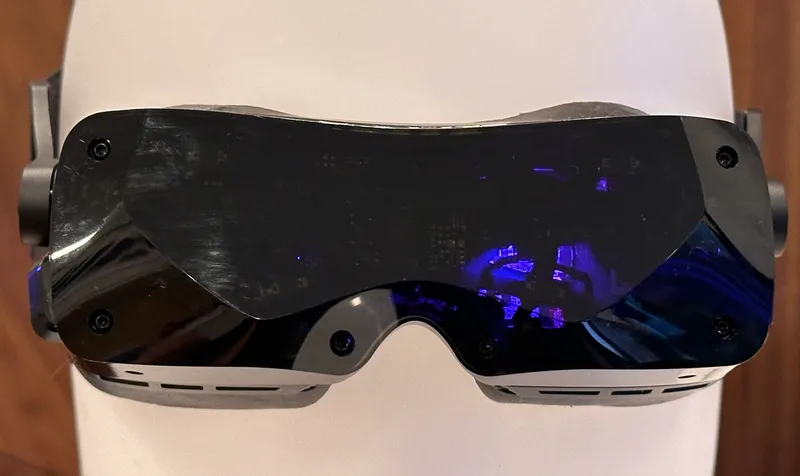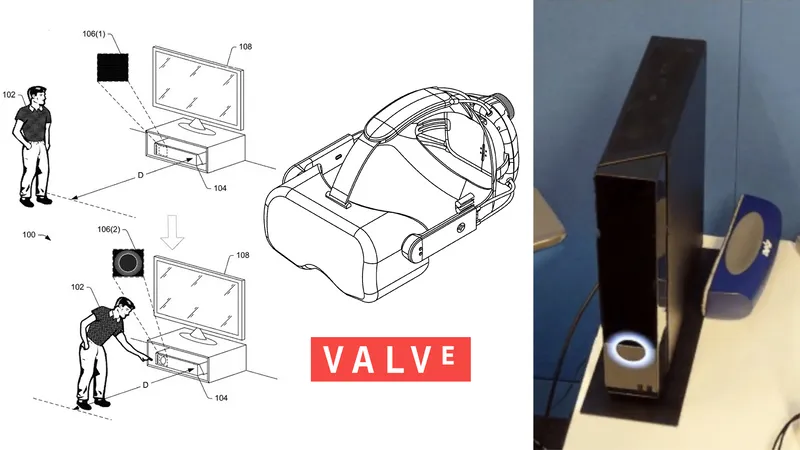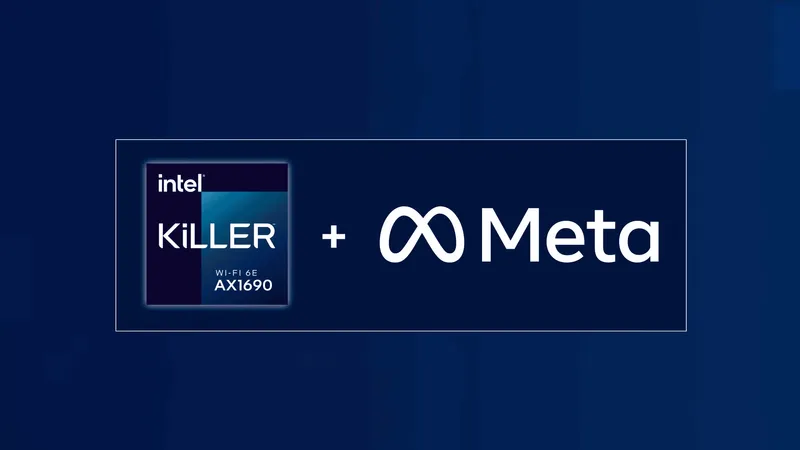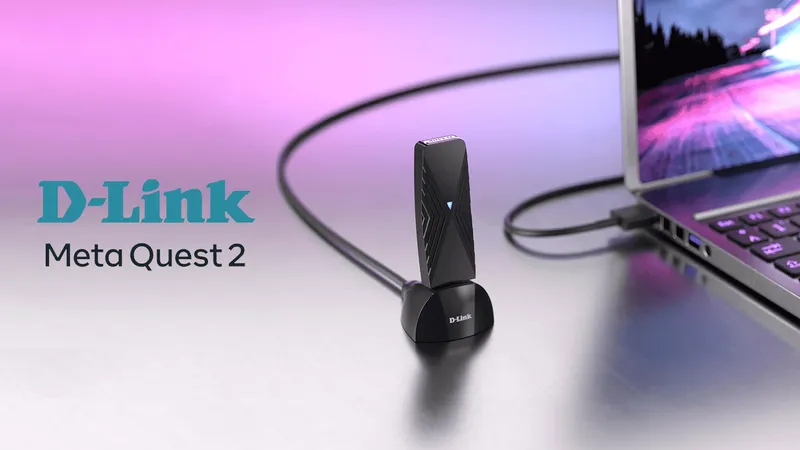Meta says its new supercomputer will “create more accurate AI models for our existing services” and “enable completely new user experiences, especially in the metaverse”.
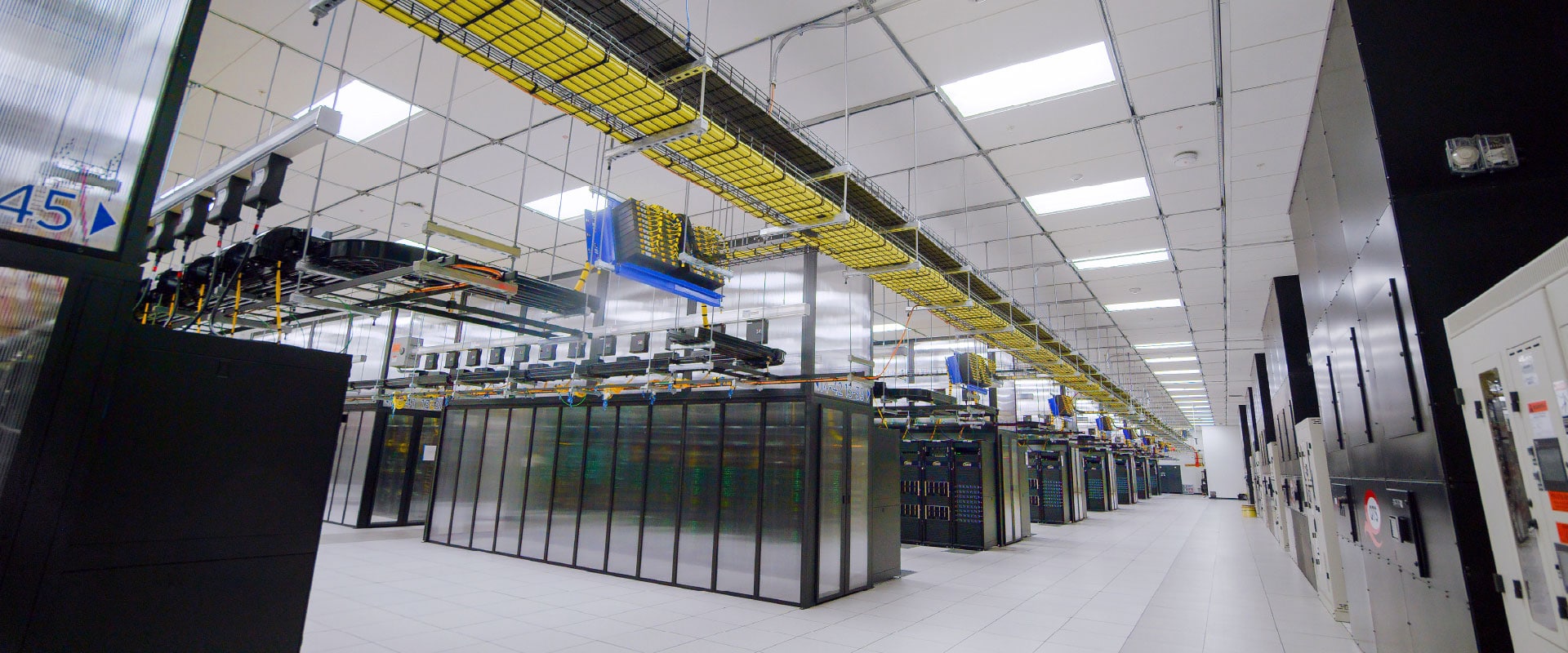
Meta is considered one of the world leaders in the field of machine learning, commonly called “AI”. The company’s new AI Research SuperCluster (RSC) currently consists of over 6000 NVIDIA A100 GPUs. Meta claims when complete later this year, it will have 16,000 GPUs and be “the fastest AI supercomputer in the world”.
NVIDIA’s $10,000 A100 uses the same Ampere architecture seen in the consumer RTX 3000 GPU series, but is optimized for machine learning rather than gaming, with 432 Tensor cores and a whopping 40GB or 80GB of ultra-fast VRAM.
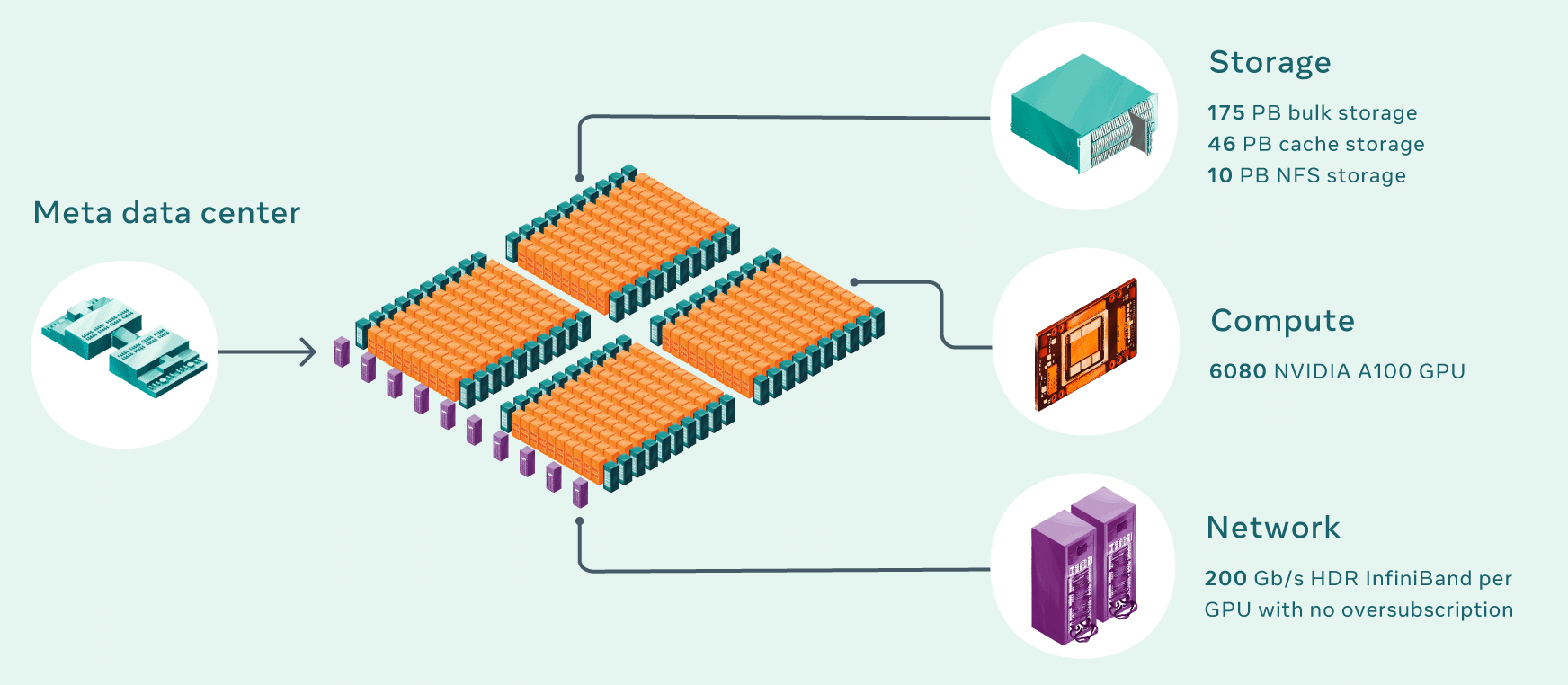
Meta says RSC will help it “build new and better AI models that can learn from trillions of examples” and claims it will enable its engineers “to create more accurate AI models for our existing services, but also to enable completely new user experiences, especially in the metaverse” including “new augmented reality tools”.
Computer vision is already used in its Quest VR headsets to derive the location of the headset, its controllers, and your hands using the image data from the four onboard cameras – the hand tracking arrived as a software update in late 2019. RSC already runs computer vision workflows 20 times faster than its previous infrastructure, Meta claims, meaning the company can train more advanced models.
More advanced models trained on RSC might improve the tracking quality of the current Quest 2, though the headset is limited by its low resolution grayscale cameras. With Project Cambria slated to launch later this year with full color passthrough, RSC could enable new computer vision features that bring more of your body and room into VR, or to enhance & alter real objects.


